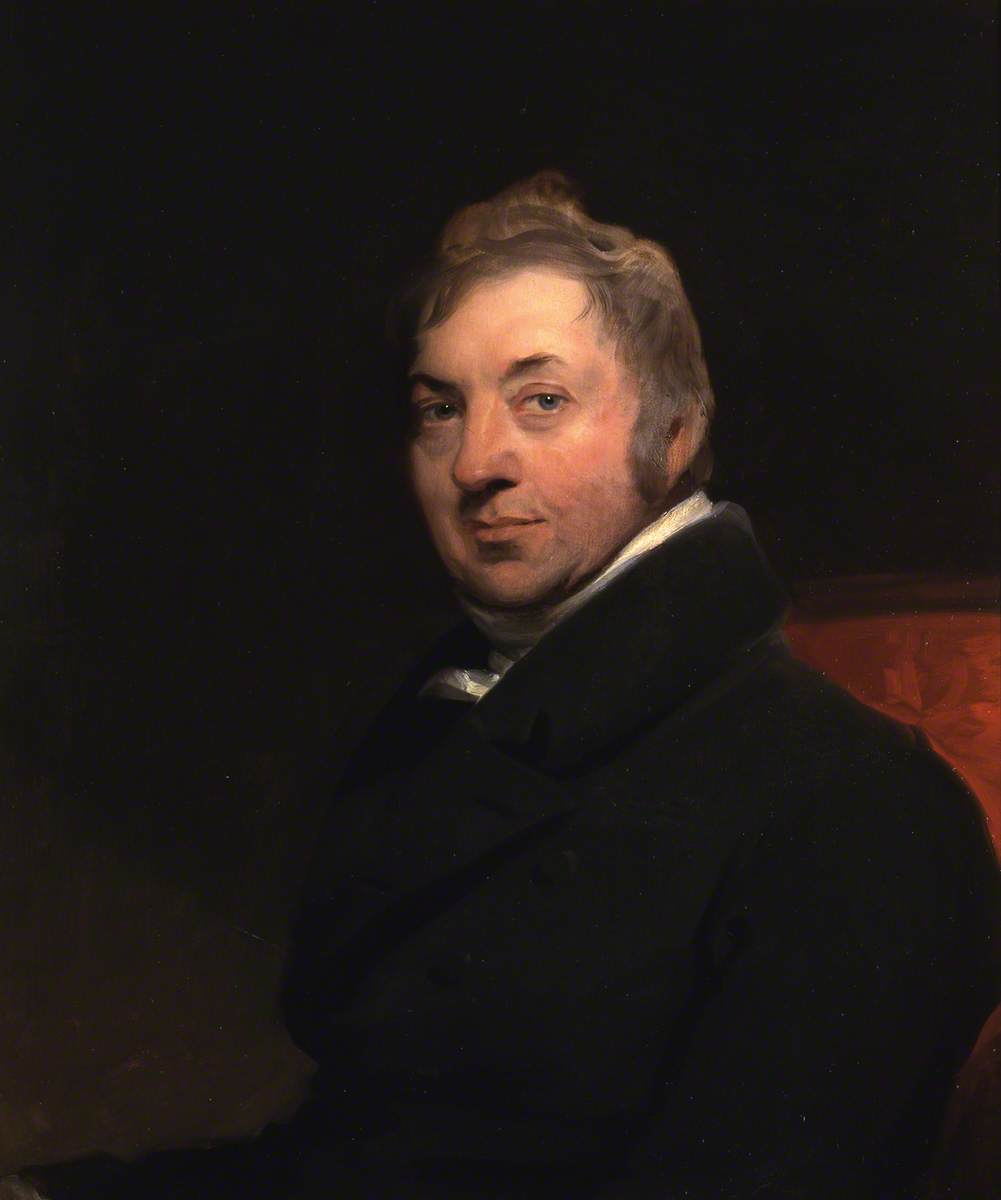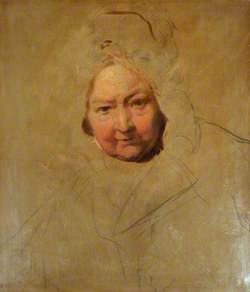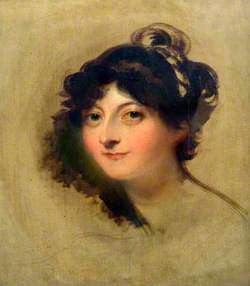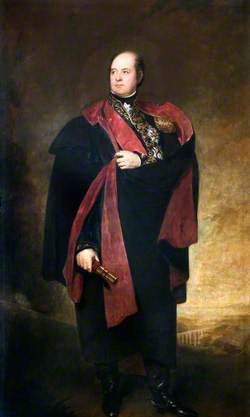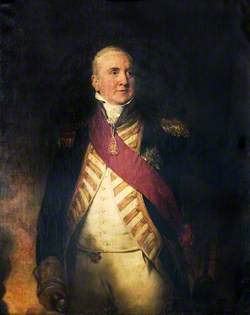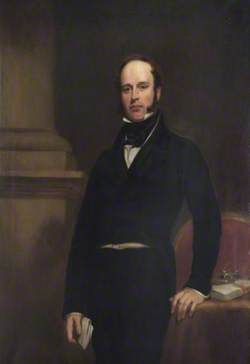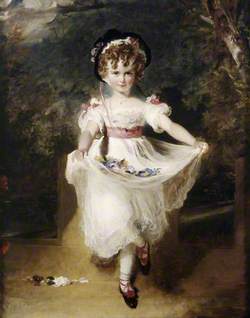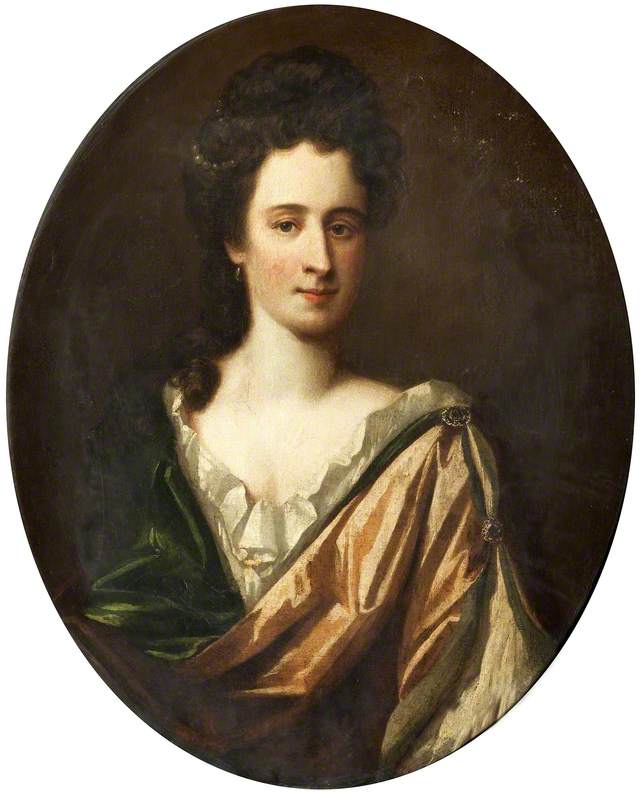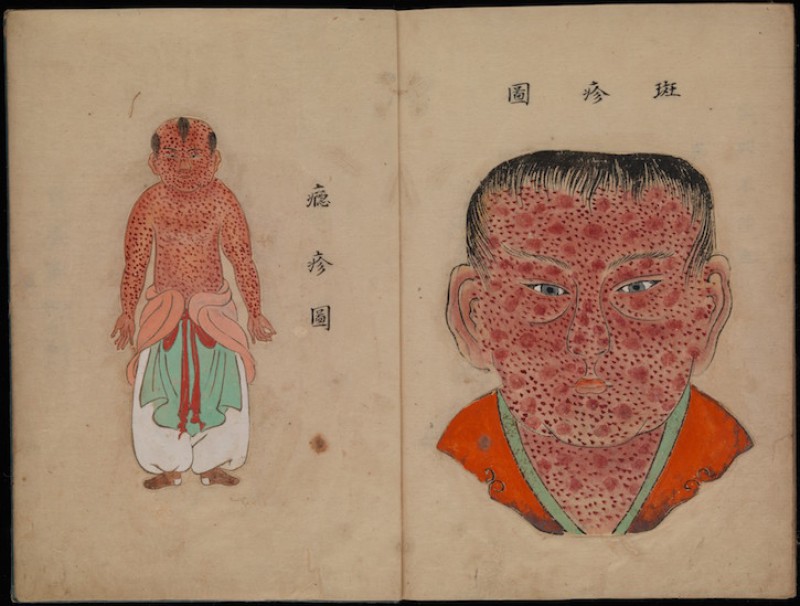How you can use this image
This image is available to be shared and re-used under the terms of the Creative Commons Attribution-NonCommercial-NoDerivatives licence (CC BY-NC-ND).
You can reproduce this image for non-commercial purposes and you are not able to change or modify it in any way.
Wherever you reproduce the image you must attribute the original creators (acknowledge the original artist(s) and the person/organisation that took the photograph of the work) and any other rights holders.
Review our guidance pages which explain how you can reuse images, how to credit an image and how to find more images in the public domain or with a Creative Commons licence available.
DownloadNotes
Add or edit a note on this artwork that only you can see. You can find notes again by going to the ‘Notes’ section of your account.
Edward Jenner (1749–1823) is well known because of his pioneering work on developing a vaccination for smallpox, which in the eighteenth century killed hundreds of thousands of people across Europe. Jenner was interested in the common belief that people who had had cowpox could not catch smallpox, and he experimented by inoculating a small child first with the cowpox virus, and then with smallpox; the child was immune. Jenner received his medical training from the famous teacher John Hunter, whose experimental approach inspired Jenner to undertake the vaccination. Following Jenner’s discovery, large-scale vaccination programmes were carried out throughout Europe, Russia and the United States. In Britain vaccination clinics were opened and in 1803 the Royal Jennerian Society was formed, with Jenner as president. Smallpox was globally eradicated in 1979.
Title
Edward Jenner (1749–1823)
Date
1809
Medium
oil on canvas
Measurements
H 74.2 x W 61.5 cm
Accession number
X219
Acquisition method
gift from W. H. Baillie, 1895
Work type
Painting
